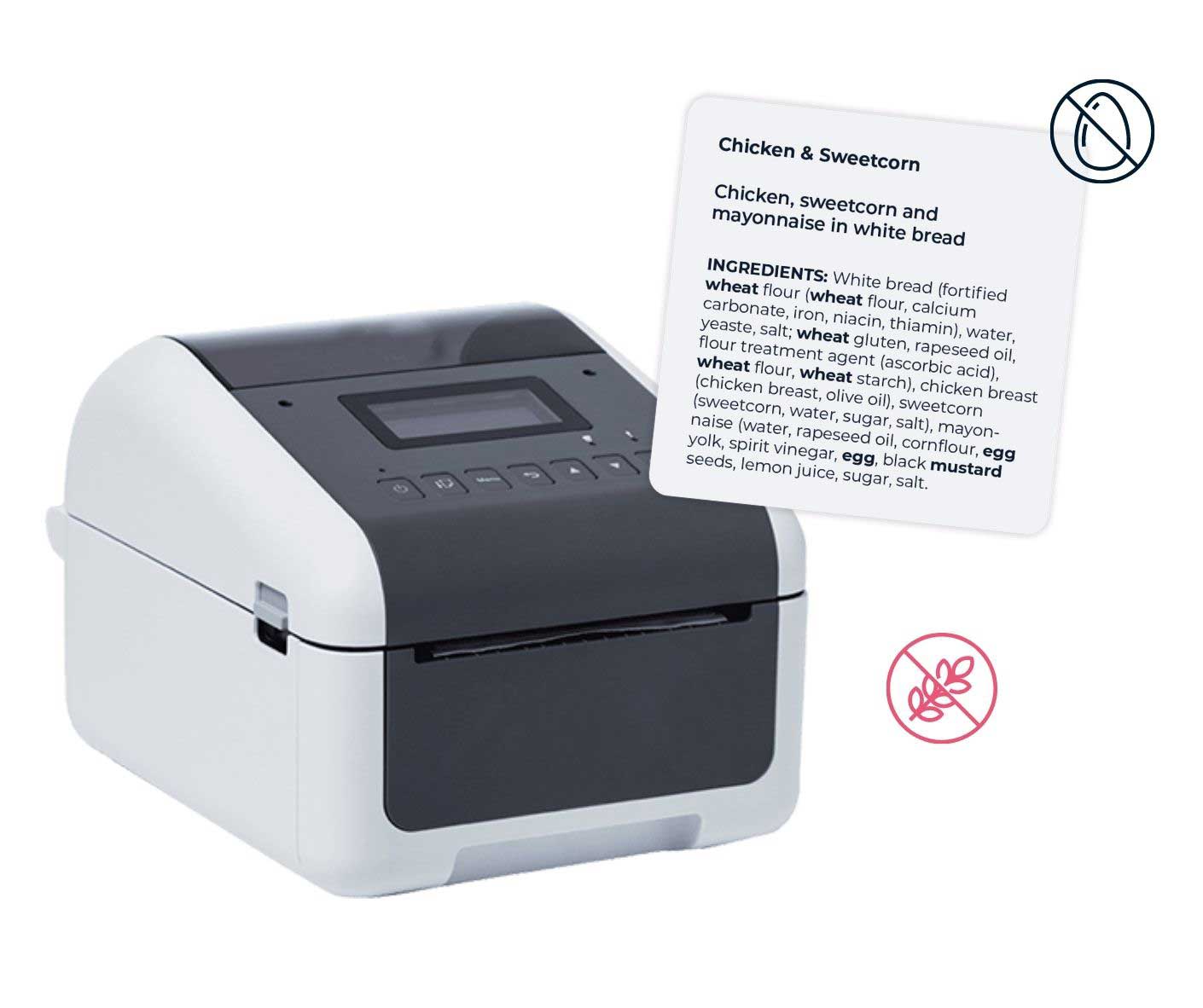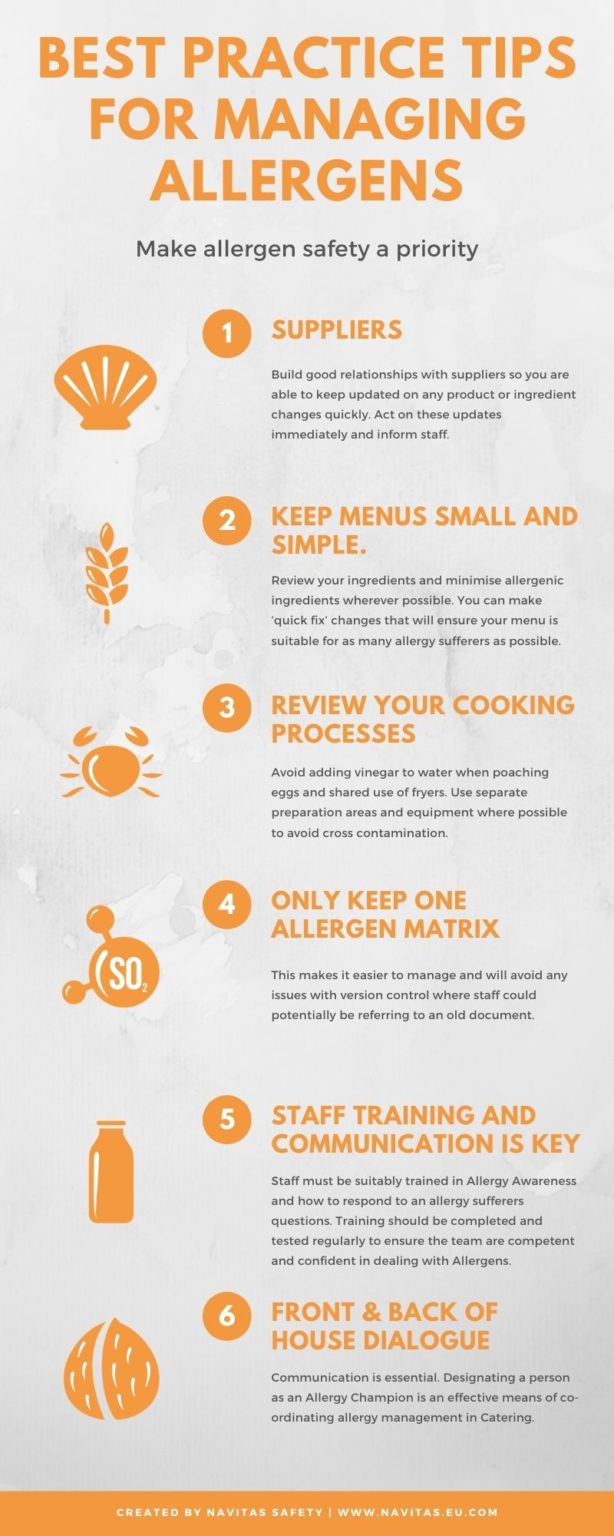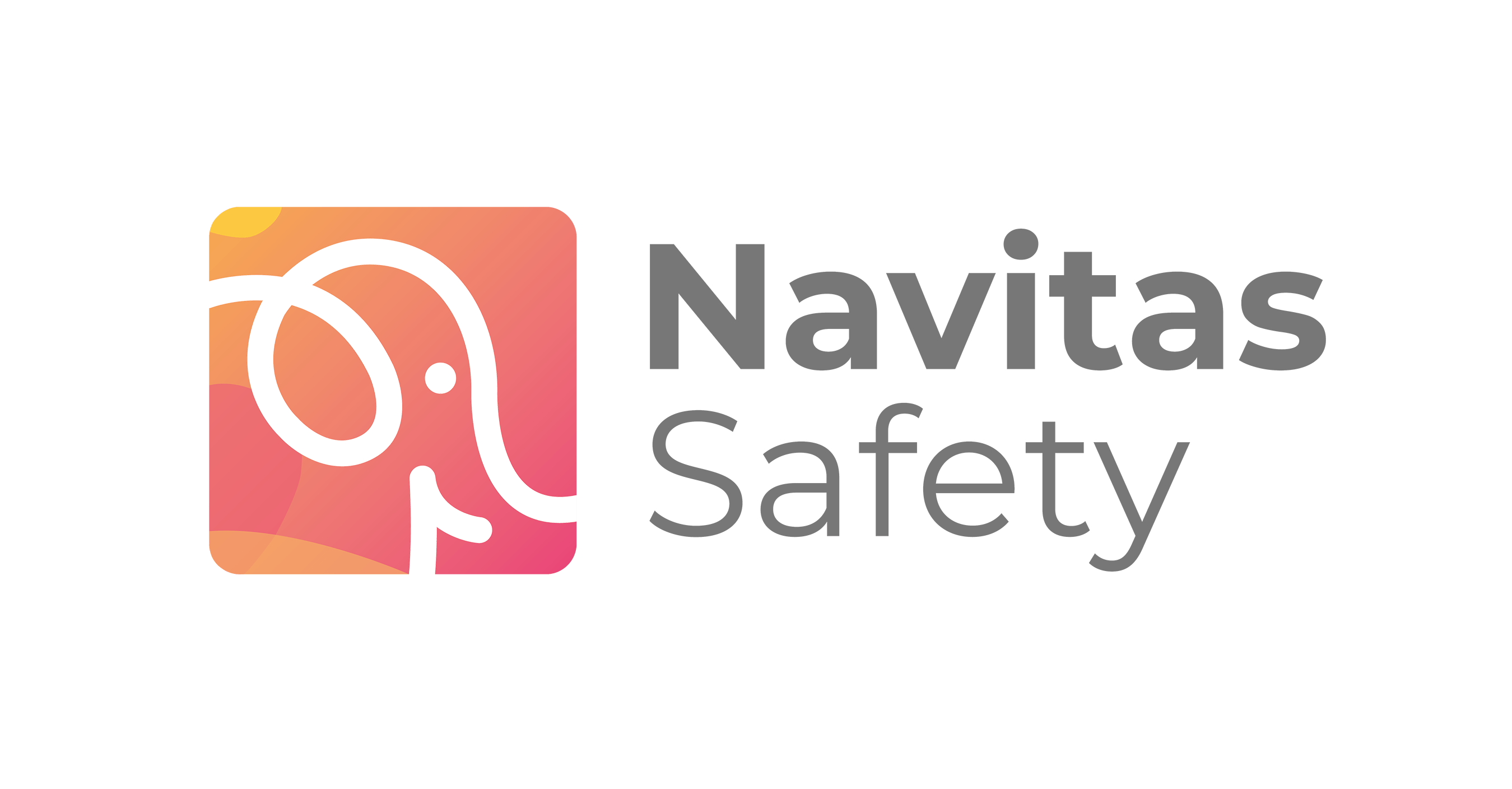What are the new Allergen Labelling Laws?
Let’s talk about the new Allergen Labelling laws! The way food businesses provide allergen labelling information for Pre-packed food for Direct Sale (PPDS) will change from 1st October 2021.
From this date onwards, all PPDS food must clearly display the following information on the packaging:
- Name of the food;
- Full ingredients list;
- Allergenic ingredients emphasised within the list (for example in bold, italics or a different colour).
Are you producing food pre-packed for sale? The first step is to consider if any of your food operations falls within the criteria for being classed as PPDS.
If you prepare food and pack it before offering it yourself (or within your business) for sale to the final consumer then it is classified as PPDS.
For example if you’re preparing the trusted BLT sandwich that you’ve lovingly made in the morning, wrapped and placed it in a Grab & Go Fridge for Sale later in the day – this is PPDS. Or perhaps a fresh salad box made up and displayed in advance. Even pies heated and pre-wrapped before placing into a hot cabinet – consider all of these as PPDS.
If businesses do have foods that are classed as PPDS then they will need to look into how these will be labelled going forward to fit in with the new requirements for allergens. Information on the labels must be accurate and clear and not misleading in any way. Also, it must be applied consistently across the product range to avoid any confusion.
These changes will provide essential information to help people with a food allergy or intolerance to make safe choices when buying PPDS food. Particularly at self-service order points or checkouts where there is no interaction with staff before making choices or purchases.
The importance of allergen tracking and traceability
Allergen information needs to be accurate and readily available. Choose one method to be implemented consistently to avoid inaccurate information that may cause an allergy suffer to become ill, or even die from an allergic reaction.
Allergy controls are required right the way through the catering ‘process flow’ from receipt from the supplier, to storage, preparation, handling and cooking, and ultimately to the front of house staff taking food orders and serving food. If checks aren’t made, or controls aren’t in place, an allergy incident could occur. Allergens are a food safety hazard and should be covered in your company HACCP and Food Safety Management System.
Allergen Management is a huge responsibility and food businesses failing to comply could be prosecuted. Most notably, Pret A Manger faces trial after student had severe allergic reaction to sesame in sandwich that ‘was not correctly labelled’. This case has now led to Natasha’s Law, which is due to come into effect October 2021.
The fines are also sizeable, The Artichoke, Croxley Green, was fined £23,000 for serving a diner food containing milk despite her pre-warning staff of her severe dairy and other allergies.
So tracking and tracing allergen and having complete confidence that you know exactly what is in your food is so important. The good news is that digital food safety software and tools can help you do this with ease.

Health and Safety best practices for managing allergens

🤝 Engage with Suppliers and build good relationships to stay on track on any product or ingredient changes quickly. Act on these updates immediately ensuring all associated documentation is revised and communicated.
📃 Keep menus small and simple. Review the extent of your ingredients to minimise allergenic ingredients wherever possible. You can make ‘quick fix’ changes that will ensure your menu is suitable for as many allergy sufferers as possible. For example you can use cornflour to thicken dishes, avoiding egg and milk glaze on pies and minimising food garnishes or toppings.
🍳Then take a look at your cooking processes too. Indeed, avoid adding vinegar to water when poaching eggs and shared use of fryers.
📊 Only keep one copy of your current Allergen Matrix. This makes it easier to manage and will avoid any issues with version control where staff could potentially be referring to an old document.
We have a free Allergen Matrix you can download for free! Yes you read it right!
📚 Staff food safety training and communication are key. Staff must be suitably trained in Allergy Awareness (check out our free allergen labelling webinar). In addition, your staff must understand the consequences and how to respond to an allergy sufferers questions. So on top of a Level 2 or 3 food safety course, consider an Allergen Awareness training session for your teams. Training should be completed and tested regularly to ensure the team are competent and confident in dealing with allergens. Regular spot checks and ‘quick fire’ questions will keep the staff alert and ready to act on any customer requests. Find out more about fun and interactive food safety training!
Not too sure which course is best for your team? Explore our free guide on how to choose the best food hygiene course 🧡
🗣 Finally, communication between the Front and Back of House Teams is essential. Establish and maintain simple and clear systems. Designating a person as an Allergy Champion is an effective means of co-ordinating allergy management in catering.
Allergen Labelling and Management made easy
Navitas provide a digital food safety solution which includes allergen management software for tracking and tracing. Oh and did we mention our super convenient allergen labelling printers too? You’ll always be able to prove you’ve provided legally compliant allergen information and our system makes it super easy. You can check our our allergen management solution on our digital food safety page.
Not sure if the new calorie labelling law applies to your business? Find out more on our latest blog on calorie labelling!







